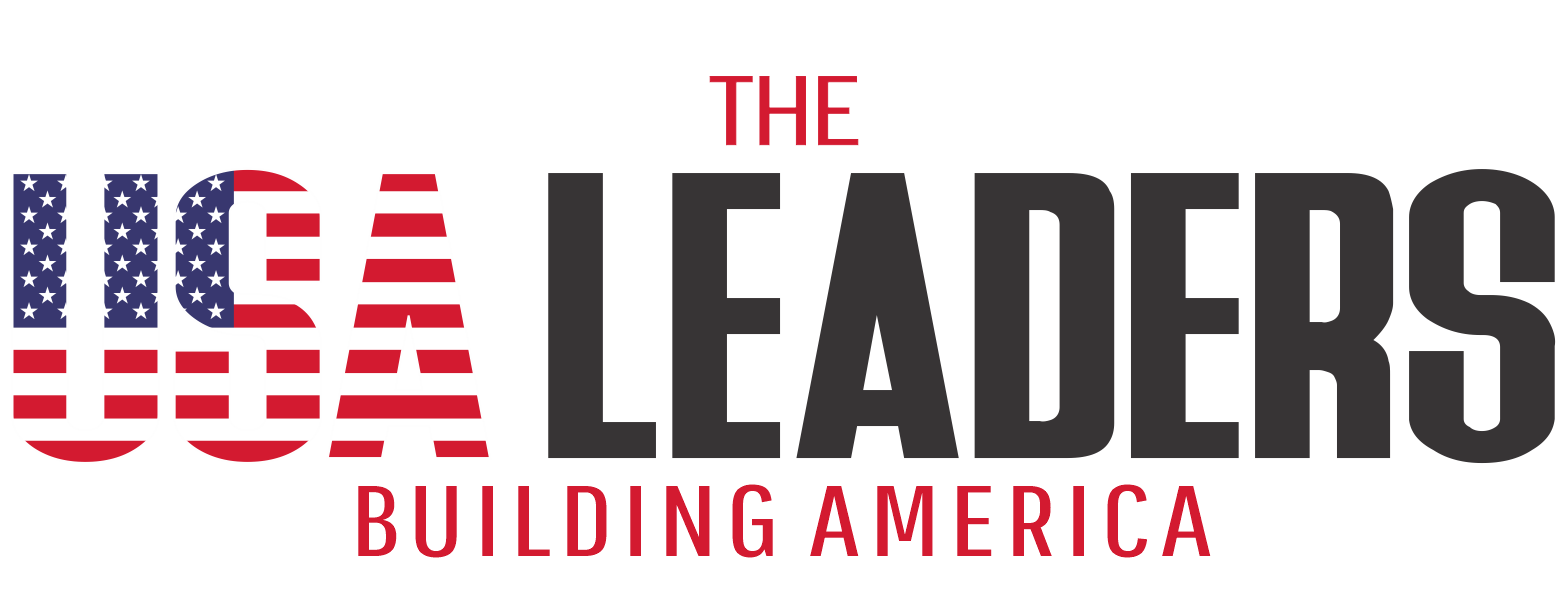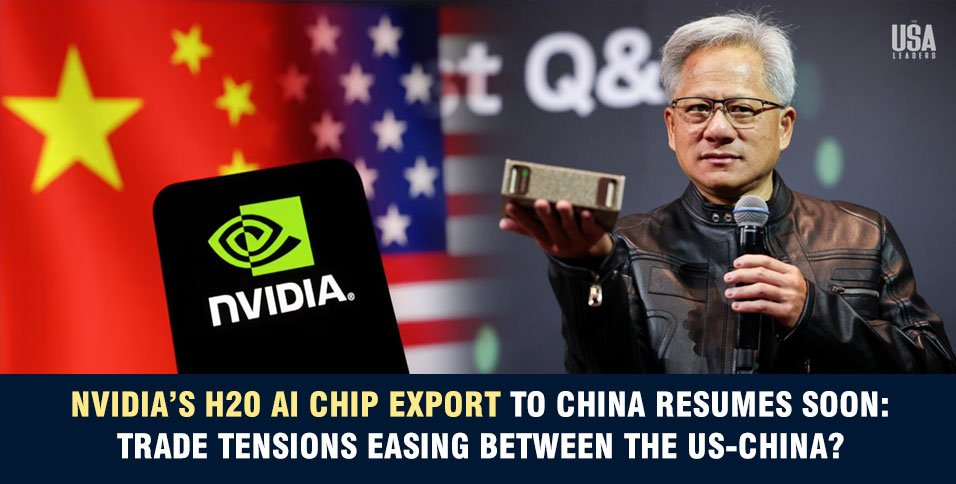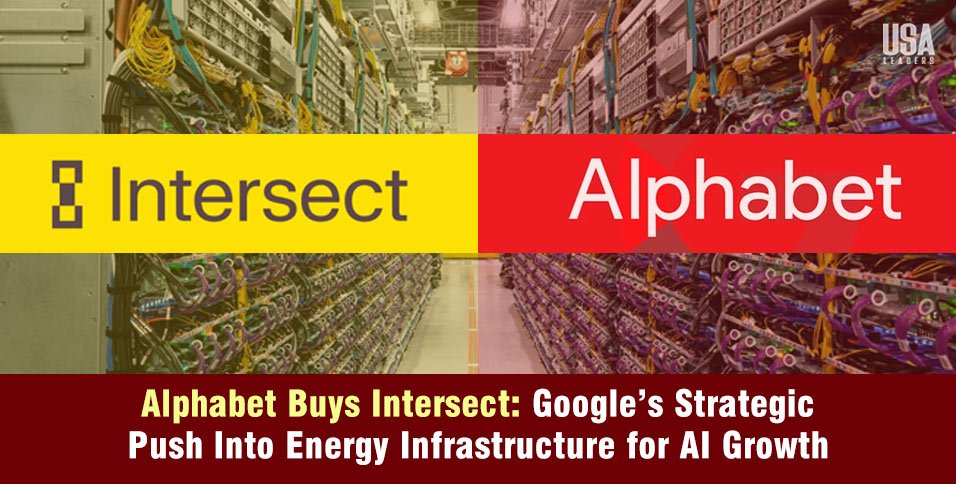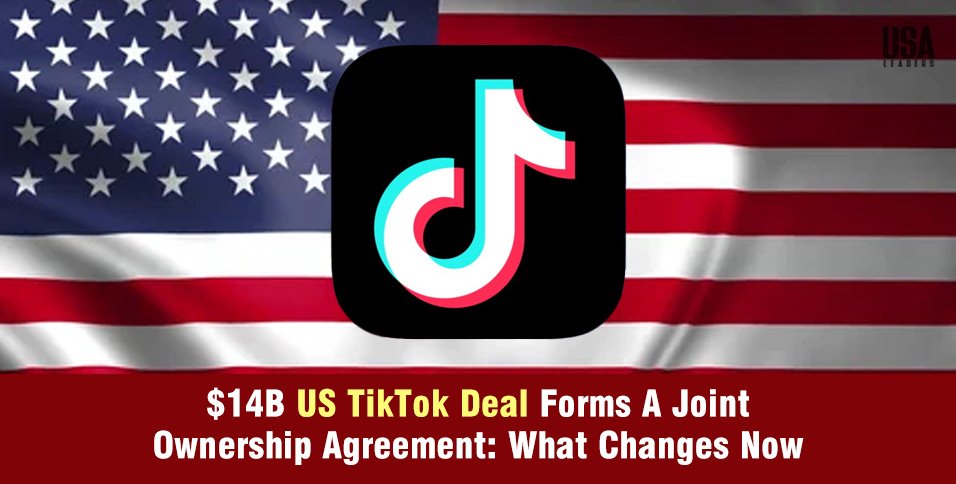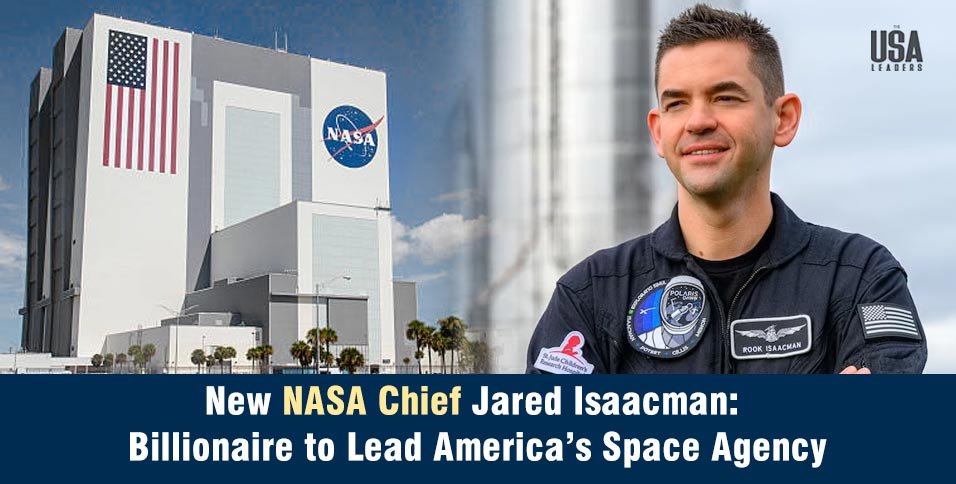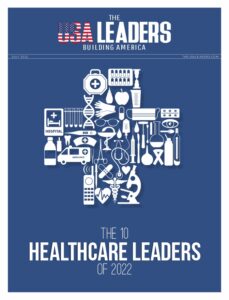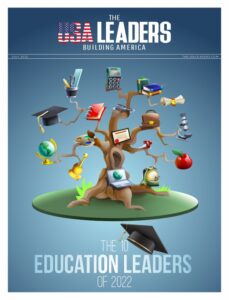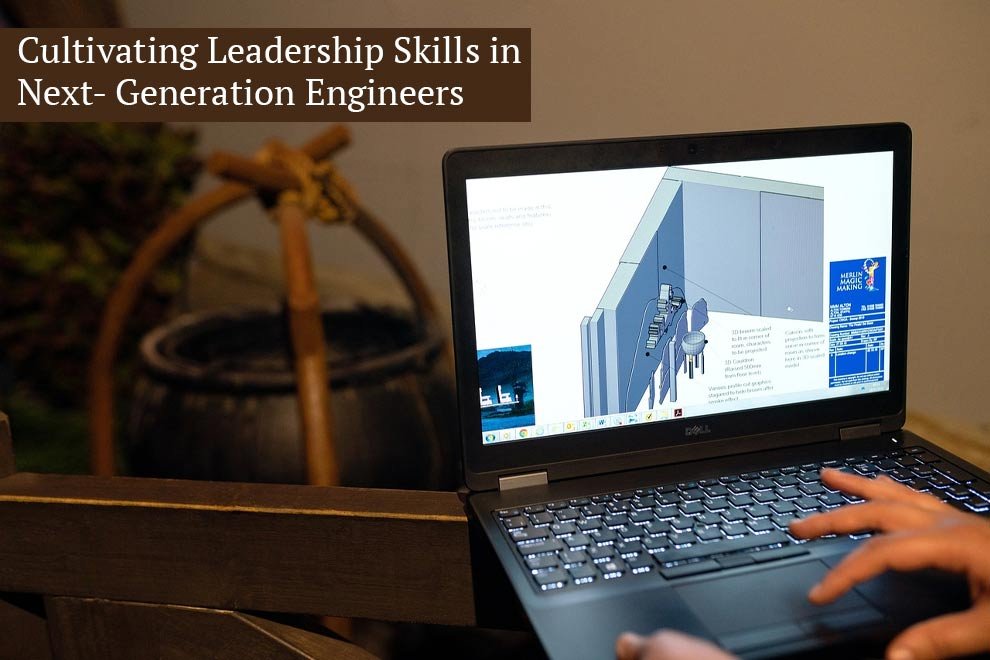The USA Leaders
July 15, 2025
Santa Clara – In a surprising twist, Nvidia is set to resume exports of its H20 AI chips to China, breaking a months-long deadlock that saw the U.S.-China trade war reach new heights. After tariffs and restrictions choked the flow of technology across borders in early 2025, the sudden shift signals a thaw in what many considered the most heated trade relationship of the century. The question is: Could the resumption of the H20 AI chip export be the first sign of a long-awaited trade reset—or merely a temporary truce?
The Storm of Tariffs and Trade Wars: February 2025 and Beyond
The H20 AI chip export story doesn’t begin with a smooth negotiation table. In fact, February 2025 marked a seismic moment in the trade wars between the U.S. and China, when the Trump administration unleashed some of the most stringent export restrictions yet. The targeted ban on high-performance AI processors like Nvidia’s H100 left China’s tech sector reeling, scrambling for alternatives, and pushing Nvidia to write off billions in potential sales.
But the drama intensified in the months that followed. China retaliated with its own tariffs, curbing the flow of rare earth materials crucial to semiconductor manufacturing. The world watched as both economies stood at the precipice of a technology cold war, the effects of which rippled through global markets. Yet, amid the rising tensions, something unexpected happened: talks resumed.
After months of harsh rhetoric and countermeasures, in May and June 2025, the U.S. and
China took a significant step back from the brink. High-level diplomatic negotiations, followed by an agreement to ease certain restrictions, created a new opening for exports, starting with Nvidia’s H20 AI chip export to China.
Nvidia’s H20 AI Chip: A Key to Rebuilding Trade and Tech Alliances
Nvidia’s H20 AI chips export is not just a corporate victory; it is a symbolic shift in the tech war. The H20 is the most advanced chip Nvidia can legally send to China under current U.S. export controls. While not as powerful as the industry-leading H100, the H20 remains a formidable player in AI inference tasks, making it an indispensable tool for Chinese tech giants like Tencent, Baidu, and ByteDance.
But the H20’s return to China is more than a mere business transaction—it is the key to Nvidia’s resurgence in one of its most important markets. It represents a potential lifeline for Chinese companies that were forced to rely on less capable domestic alternatives during the period of heightened restrictions. By resuming the H20 AI chip export to China, Nvidia not only regains lost sales but re-establishes its dominance in the AI chip market—albeit under much tighter compliance regulations.
Jensen Huang’s Bold Statement on AI and Trade
As Nvidia prepares to resume its H20 AI chip export to China, CEO Jensen Huang made a bold statement that underscores the stakes of this moment in global trade. “Anybody who thought that one chess move to somehow ban China from H20s would somehow cut off their ability to do AI is deeply uninformed,” Huang remarked. “If we don’t compete in China, and we allow the Chinese ecosystem to build a rich ecosystem because we’re not there to compete for it, and new platforms are developed and they’re not American at a time when the world is diffusing AI technology, their leadership and their technology will diffuse all around the world.”
Huang’s statement is a clear reflection of Nvidia’s strategy—competing in China is not just about access to a market; it’s about maintaining global leadership in AI technology. As both nations navigate the shifting tides of trade and technological development, the H20 AI chip export becomes a linchpin in the battle for supremacy in the AI space.
Trade Tensions Thawing: What This Means for Global Trade Practices
The lifting of restrictions on Nvidia’s H20 AI chip export comes on the heels of a broader rethinking of global trade practices. The dramatic escalation of tariffs and export bans in early 2025 caused disruptions that affected industries far beyond semiconductors. From consumer electronics to automotive manufacturing, every sector felt the strain of the U.S.-China tech clash.
However, the decision to ease these trade barriers signals that both the U.S. and China are realizing the far-reaching consequences of continued economic isolation. In particular, this softening of the approach towards Nvidia’s H20 AI chip export could be the first domino in a series of policy shifts that may redefine international trade relations. As tariffs ease and restrictions lift, companies on both sides of the Pacific may find new opportunities to collaborate and innovate once again.
H20 AI Chip Export: A Game Changer for China’s AI Ambitions
Nvidia’s H20 AI chip, while not the most cutting-edge in terms of raw computational power, is the most capable AI chip that can legally be sold to China. With 96GB of memory and performance capabilities that include up to 296 TFLOPs, the H20 delivers significant value for AI inference, serving as the backbone for a wide range of applications—from AI model optimization to digital manufacturing.
For China, the return of the H20 AI chip has immediate consequences. Major tech firms, including Alibaba, Baidu, and Tencent, are already in the process of restocking, eager to regain access to Nvidia’s powerful chip ecosystem. Despite the intense competition from domestic alternatives like Huawei’s Ascend 910B, Nvidia’s H20 stands out due to its superior interconnectivity, an essential feature for large-scale AI applications.
| Feature | Nvidia H20 | Huawei Ascend 910B |
| Raw AI Compute (FP32) | Less than half the FP32 performance of 910B | Superior FP32 performance; strong in common AI workload processing |
| Interconnect Speed | Faster interconnect, advantaging multi-chip/data center systems—better for large-scale clustering | Slower interconnect compared with H20 |
| Inference Capabilities | Strong due to full Nvidia software ecosystem, but faces efficiency constraints due to reduced specs | Widely adopted for AI inference and training, supports large model development |
| Market Adoption/Perception | Facing waning demand, heavy discounting to compete with Huawei | Growing sharply; dominant in recent large domestic cloud/AI procurements |
| Price (per card/server) | ~$12,000–$15,000/card; server: $151,890–$179,500 | >$16,570/card; server: $179,500–$207,120 |
Table: Nvidia H20 vs Huawei Ascend 910B
Nvidia’s Long-Term Strategy: Riding the Tide of Change
The H20 AI chip export’s revival is a turning point in Nvidia’s long-term strategy. After the turbulent months of export bans and tariff disputes, the company is now positioning itself for a renewed focus on China, a market that accounts for billions in revenue. CEO Jensen Huang has hinted at further innovations tailored to the evolving regulatory landscape, signaling Nvidia’s willingness to adapt and lead in an increasingly complex geopolitical environment.
However, this development also underscores the ongoing challenges Nvidia faces. While the H20 chip is a key asset for China’s AI ambitions, the pressure to pivot to domestic solutions remains high. The country’s growing dependence on self-sufficiency in tech means that the days of unbridled access to Western chips could be numbered.
A New Dawn for US-China Tech Trade?
Nvidia’s H20 AI chip export resumption is a defining moment in the U.S.-China tech trade saga, signaling the potential end of a bitter chapter dominated by tariffs, export bans, and escalating tensions. But as both nations look to rebuild fractured alliances, the question remains: Will this be the start of a broader reconciliation, or just a temporary appeasement in the ongoing battle for global tech dominance?
The fate of the H20 AI chip export is more than a business decision—it is a reflection of the changing world trade order, where technology, tariffs, and geopolitics intersect. As the H20 returns to China’s shores, the future of global trade is once again in play.
Also Read: Trump Imposes 30% Tariffs on EU and Mexico: What’s Getting Costlier in the US?
